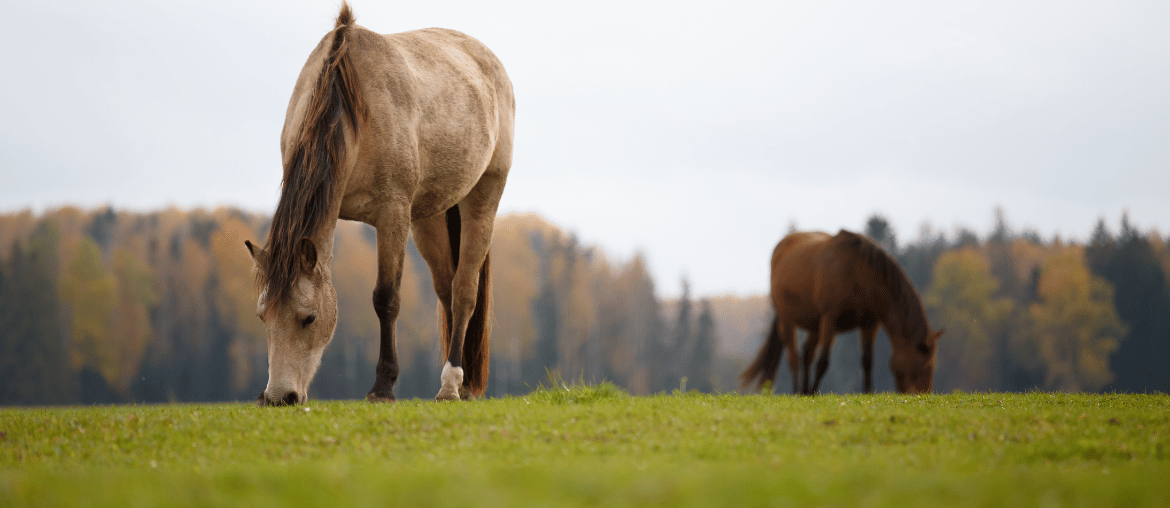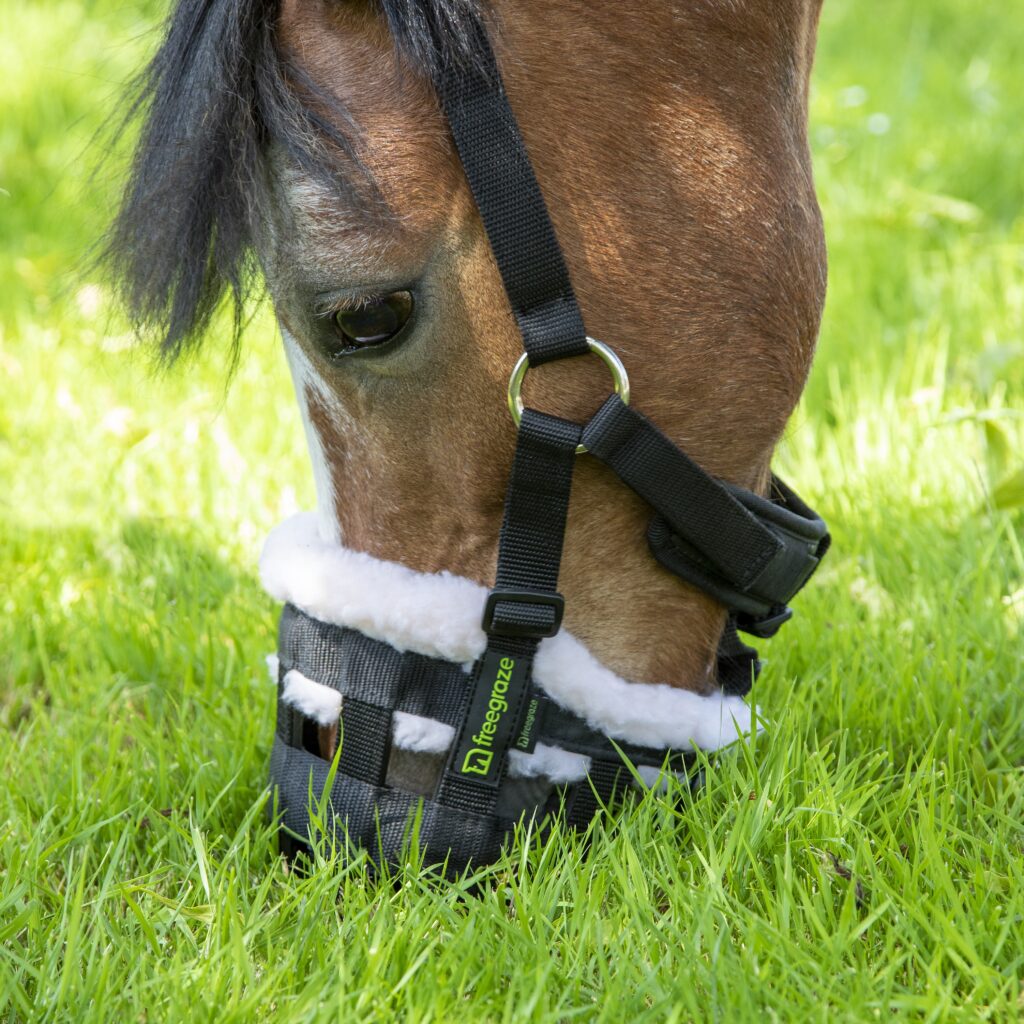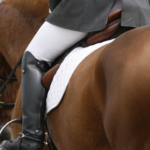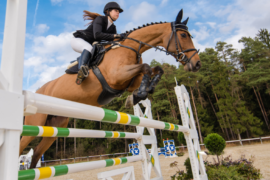Beware of laminitis
Laminitis is a word that strikes fear into the hearts of most horse owners, and for good reason as laminitis can be a potentially fatal condition.
There are many factors that can cause laminitis. Concussion and even some medications can trigger laminitis. But here we’re going to focus on feed and management of horses and ponies prone to or at risk of laminitis. We will be looking at spring as when the grass comes through, it really does pay to be on high alert.
What causes laminitis?
As mentioned already, laminitis can have many causes, but the one we’re focusing on is triggered by the spring grass. In this situation, the spring grass can cause the horse to take on too many carbohydrates. This can then set off a chain of events that lead to toxins disrupting the flow of blood to the horse’s hoof.
What happens then?
Laminitis is the inflammation of the laminae which are essential parts of the hoof that stabilise the pedal bone. When there’s a lack of blood flow and oxygen, laminae can become damaged and die, causing huge amounts of pain to the horse but also meaning that the laminae can no longer support the pedal bone.
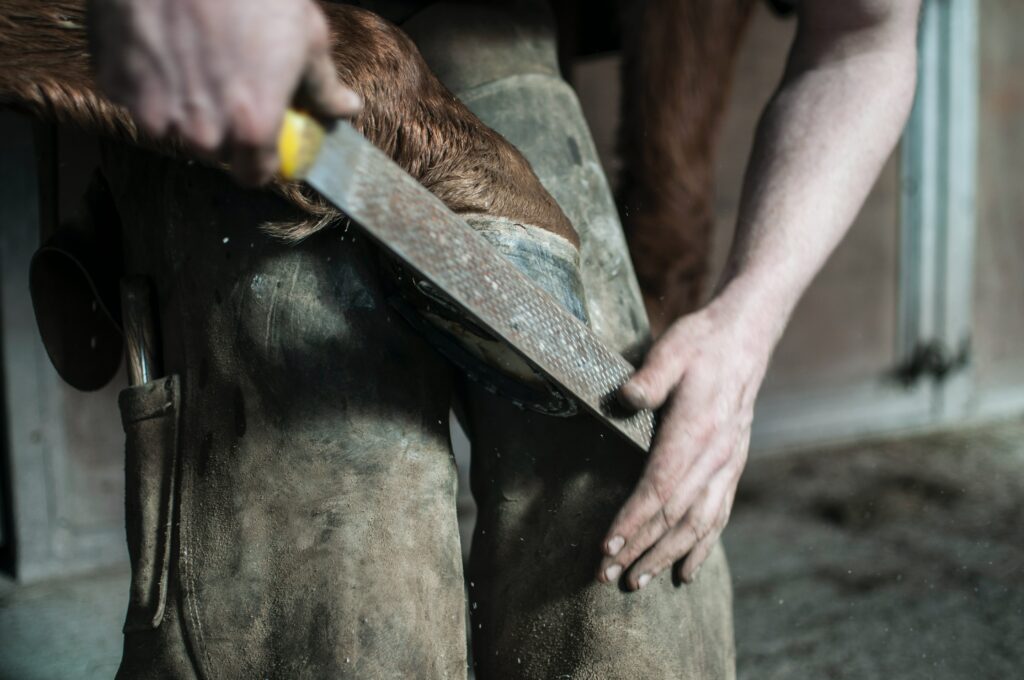
What are the symptoms of laminitis?
It’s important to note that laminitis should be treated as a veterinary emergency and veterinary advice sought if you’re concerned your horse has it as prompt treatment can have a big impact on recovery. In general, these are some of the symptoms to look out for:
- Leaning back on heels when stood
- Reluctance to walk
- Lameness
- An increased digital pulse
So, laminitis isn’t caused by horses being fat?
It is important to note that obese horses and ponies are more susceptible to laminitis. That’s why adjusting a horse’s diet in line with seasonal changes and workload is important to ensure that the chances of him or her piling on the pounds is reduced. Regularly weight taping your horse is another good way to keep an eye on the horse’s weight.

How can laminitis be prevented?
Control of the horse’s diet and weight are key factors that can make a big difference. Here are some tips to help you:
- If you’re worried that you horse or pony is overweight, seek advice from a vet, a feed helpline or a nutritionist.
- If you think your horse might have laminitis, even if only mild, speak to your vet to ensure you’re taking the correct action and preventing the situation from getting any worse.
- Look to restrict your horse’s access to lush grazing. Electric fencing to create strip or track grazing systems can be useful. Correctly used, grazing muzzles can also help.
- Consider putting susceptible horses onto pre-grazed grass and consider supplementing with low calorie hay if needed to ensure that his or her digestive system is working but he isn’t consuming the calories (this is an area to speak to a vet or nutritionist about).
- Look into grazing muzzles if you want your horse to be turned out but not have access to as much grass as others. Ensure that these fit correctly and are checked frequently for comfort and safety.
- Think about the horse’s exercise plan. Can his or her exercise be increased as part of a management plan to help maintain weight?
- Learn how to condition score your horse so you can start to see when he or she needs to have their diet reduced.
- Ensure your horse has regular visits from the farrier, even if he or she is barefoot. This will help to keep the hoof balanced and healthy.
Laminitis is a condition that can be serious, but through correct management, veterinary support, feed support and support from the farrier, the risk can be reduced. If you suspect your horse has laminitis, prompt action is essential for a better outcome.
Laminitis can be a serious condition. We recommend that you seek expert veterinary advice as soon as possible if you are concerned a horse may be suffering or at risk from laminitis.

